Hello.
One day in 1910 or 1911 — the exact year is in dispute — the clock pictured above was hanging on a wall in a bar in Montana when two assholes got into a gunfight. A duel, basically. Right there, in the saloon. This was back in the time of the still Wild West when that sort of thing routinely occurred, apparently. It is said that no one died or was severely injured in this duel, but a stray bullet struck the clock, shattered the glass, and made a hole in the brass pendulum. This is the hole:
It’s still there, obviously.
This Sessions clock is now hanging in my dining room, and keeping perfect time, after I fixed it. But this ancient barroom altercation is not my point today. There is very little social import to that story, except for the fact that I love old timepieces that have history behind them. The important thing about my continuing story is this watch:
I bought it a week ago on eBay. I do not want to tell you what I paid for it, because I am a Jewish American and this would sound like a stereotypically appalling ethnic brag and I do not wish to bring any more undeserved discredit to The Chosen People. But let us say that compared to what it is worth, what I paid for this watch was equivalent of purchasing a 2017 Honda Civic in excellent mechanical and cosmetic shape, with only 52,000 miles on the odometer, for the market price of a used rubber enema bag.
I am aware that this story likely bores you, so I will be as brief as I can. This is a watch manufactured in 1974, under unusual circumstances. Engineers for the Bulova Watch Company in Bern, Switzerland, the same place that manufactures Bernese mountain dogs, a beautiful creation of God Almighty, had come up with this watch design in the 1960s. It was an astonishing feat of science, no less impressive than, say, the wheel or The Water Pik. The engineers had discovered that a little tuning fork, through which you passed electricity, would hummingly vibrate at an incredibly constant speed, allowing one to make a watch accurate to within four seconds a month.
Millions of Accutrons were sold between 1969 and 1973 or so, because it was the most accurate timepiece ever invented. An Accutron was buried in a time capsule at New York's 1964–65 World's Fair.[ By 1974, over four million Accutrons had been sold.
Tragically, of course, the Bulova company — actually headquartered in the U.S. — made a mistake in marketing, which is the area in which nearly all tragic mistakes are made. America was in love with technology, so they decided to call the watch the “Accutron,”which was stupid and vulgar, very similar to the decision made in the United States in the late 1950s by Hanna-Barbera Productions, the company that created The Flintstones and decided that everything in the show, which was about the Stone Age, had to reference stones. So Wilma and Fred were named Flintstone, and Barney and Betty were named Rubble, and their kids were Bam-Bam and Pebbles, etc. Fred and Barney worked at the Slate Rock and Gravel Company, owned by Mr. Slate, and their chief earth-moving machine was a friendly brontosaurus. The show was inane. Also, The Jetsons had Mr. Spacely. If there had been a sitcom set in the 1880s, everyone would be named “Sweatshop.”
I am getting both ahead and behind myself here but I will now establish that this story is the about the hellish inhumanity of modernity.
So, again, here is the watch I bought for the comparative price of an enema bag:
It is beautiful, as you can see. Timelessly beautiful, as it were. It’s gold plated. The reason I got it so cheaply is that it was listed at being for “parts only,” meaning it did not work. I’d guessed, from the naivete of the ad, that the only thing wrong with it was that it needed a battery, a commodity that I obtained for $8.20. Once installed, the watch started humming. The hum sounds like a dying 19-year-old cat, but that is not the point. You can barely hear it, and it keeps perfect time.
Now here is an additional fact, a historical fact that you need to know: The Accutron stands as a monument to economic disaster. At the height of the Accutron’s heyday, another watch company, Seiko, in Japan — using the concept of engineering Accutron developed — discovered that another substance, a little quartz chip, could vibrate as accurately as a tuning fork. Except, quartz could be produced a fraction of the price of a tuning fork — roughly what it costs to vomit out one of these pieces of shit used to cinch loaves of bread that, themselves, sell for for $4:
So.
I had the watch. It was working. It will live for 30 more years, longer than I will. At which point (here comes the love story: be prepared for treacle) I offered it to Rachel, my partner. I wanted her to have it, and to love it, the way I love her.
And she said no thank you, and in this disconsolate transaction came a story for our era. A tale of our times. All sorts of cliches, wrapped into one.
Rachel, it turns out, as she gently explained, already HAS a watch. It is a wart. A wart one wears on the wrist. It cost her significantly more than the Accutron cost me. It is called an Amazfit. It is made in China. It is made of metal and mostly rubber, like the enema. Here it is:
Can you feel its hideousness? Can you sense the ugly? I’d personally rather have the plastic bread clip.
But this is where things become monumental. Rachel informed me that if I gave her the Accutron, she would lose it “within three days.” She did not add this fact, because she is not cruel, but I knew why she would lose it: She didn’t respect it. Rachel loses things for which she has limited regard; she is not a Material Girl. And this was just a watch. It tells the time and date.
It is not … modern. The way I am not modern.
This new one of hers tells her the number of steps she has taken in a day, how much time she has spent in the “fat-burning zone,” how often she has stood up, how long she has slept, how long she was in REM cycle sleep, how many times she has woken up in the night, her heart-rate variability, her blood oxygen levels, her stress levels, the current temperature, the humidity … and what time it is, and the date. It prompts her to stand up if she has not done so in an hour. It gives her comfort.
“I will never die,” she says.
So.
That’s good enough for me. I am wearing the Accutron.
—
Today’s Gene Pool Gene Poll:
Finally:
If you decide to be a paid subscriber to The Gene Pool you will pay only slightly more than the gigantic bargain I paid for the watch. Please consider it. I do not sound like a dying cat.
Also, please send me Questions and Observations about this column. Watches. Old things v. new. Send them here. I will respond at length:


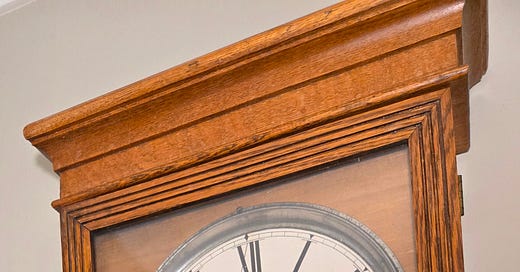


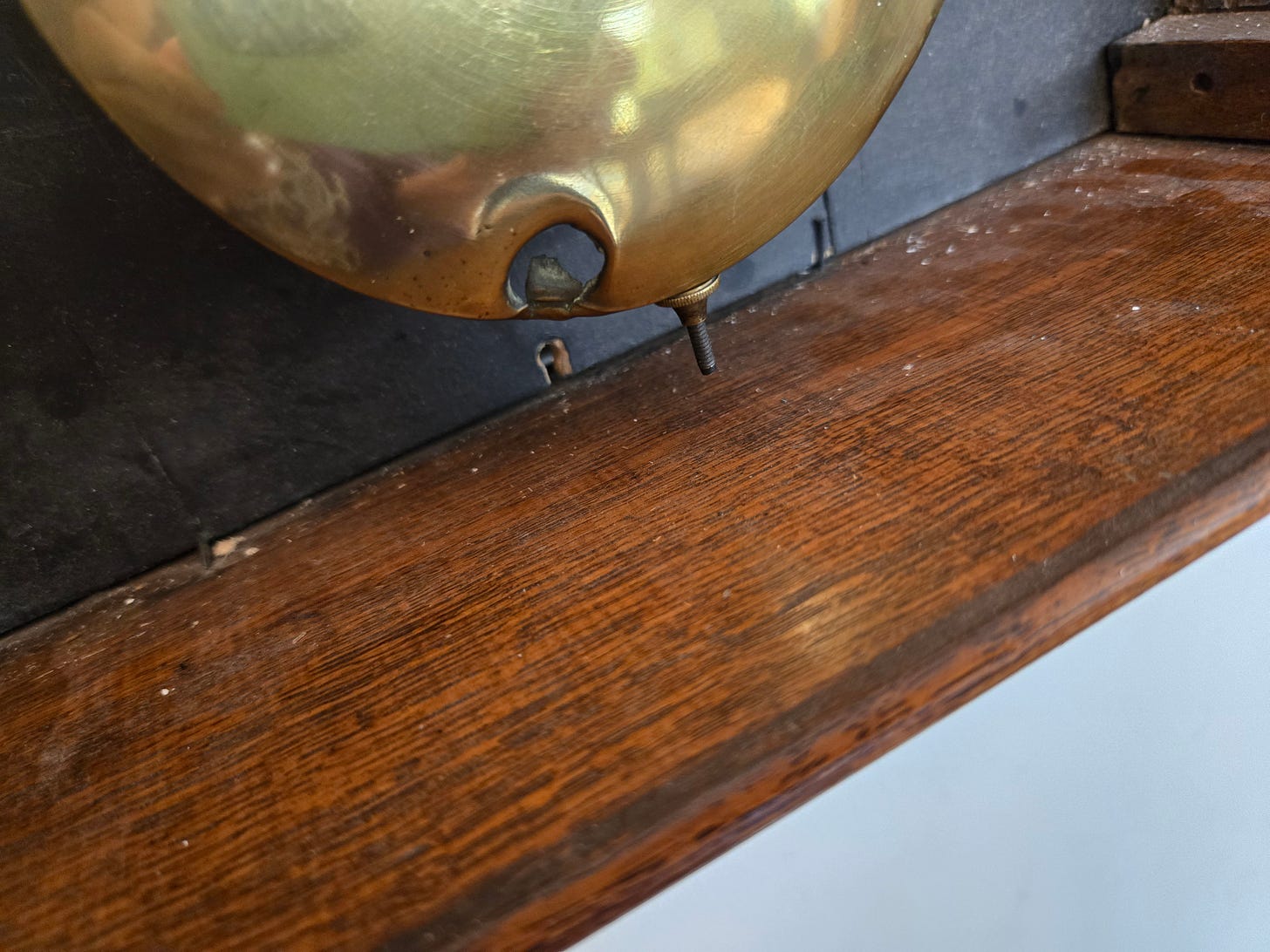
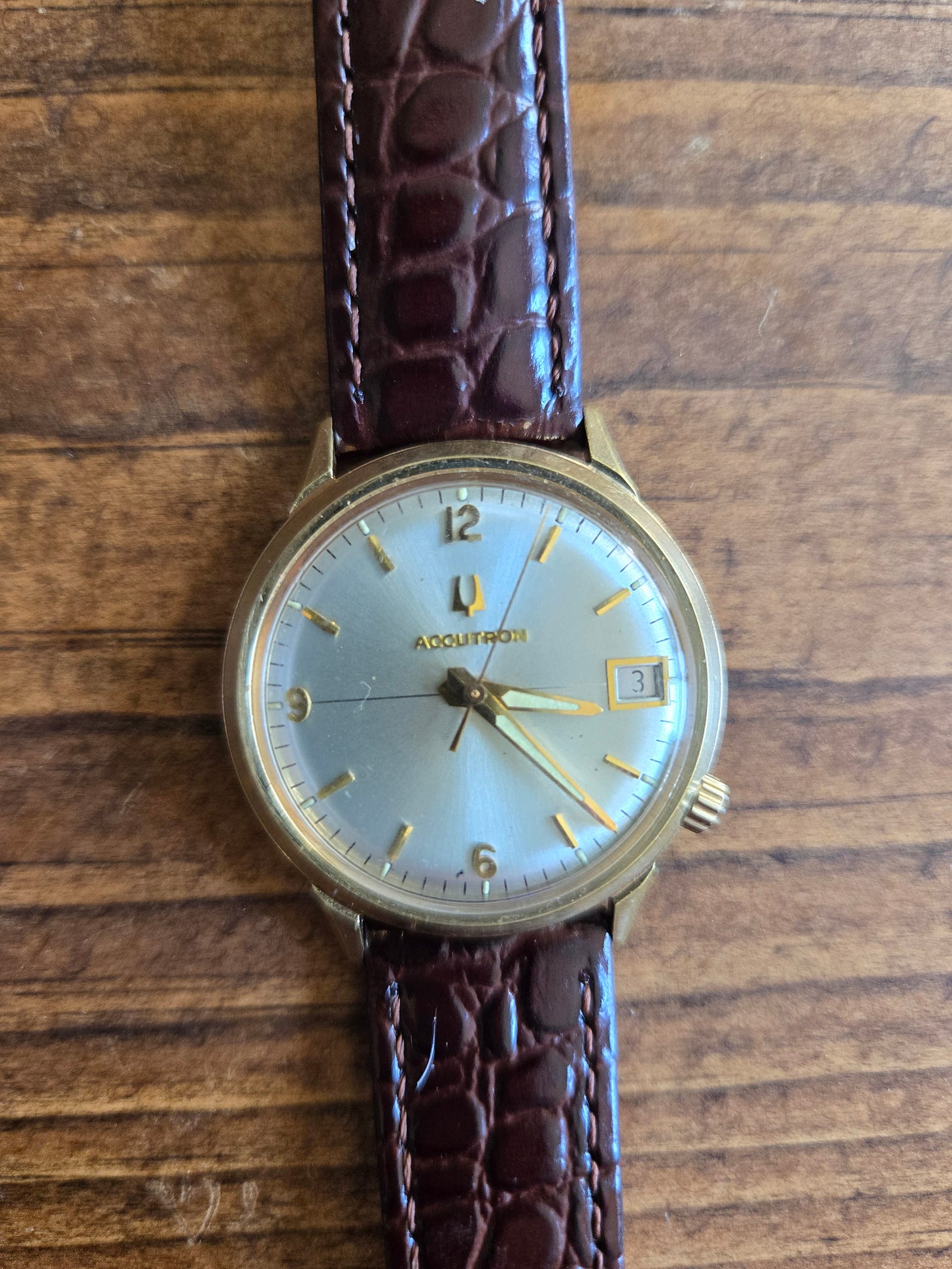
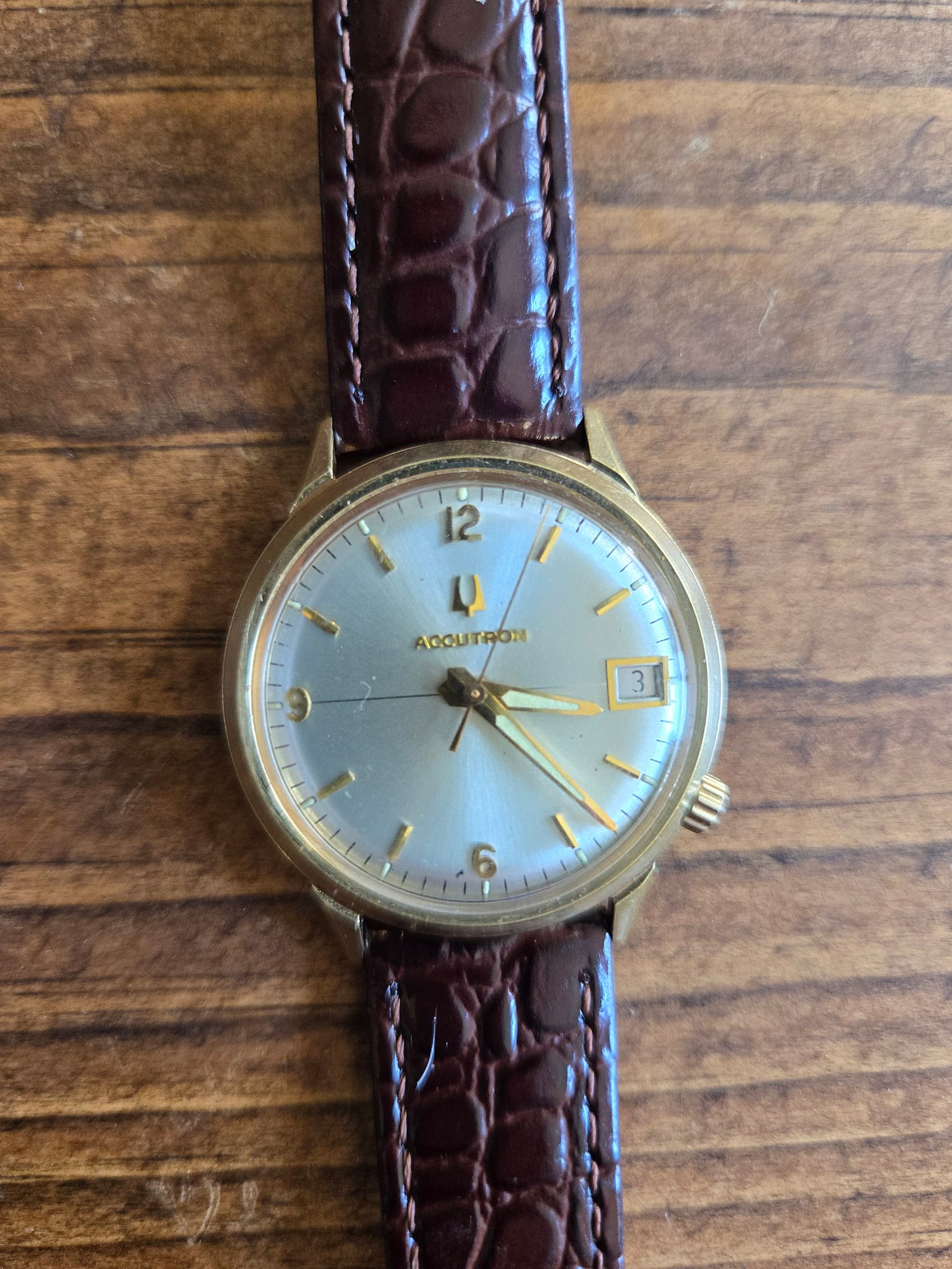
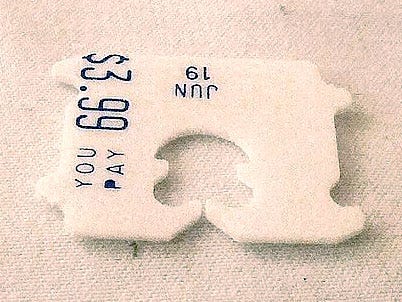
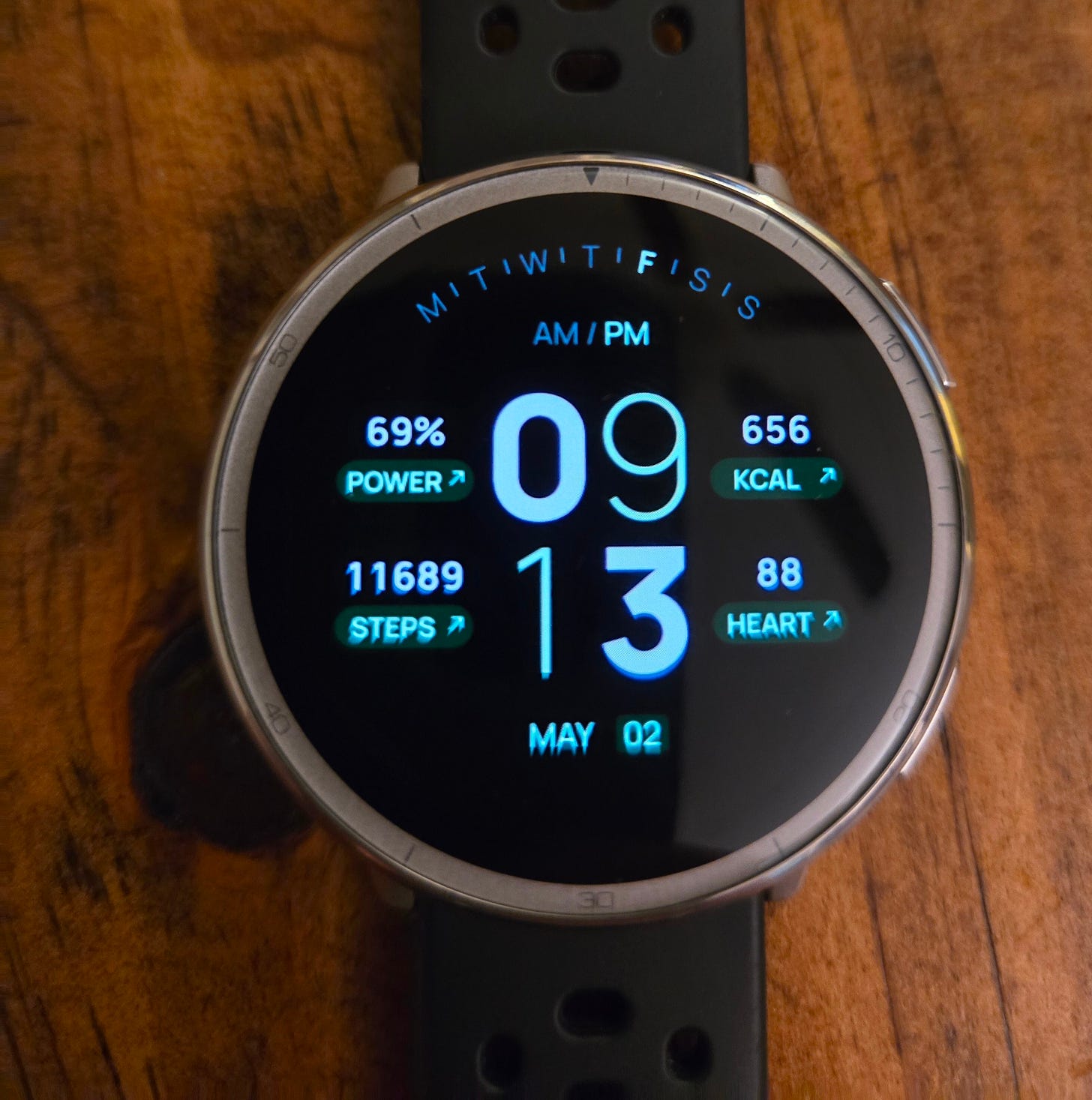
I have the good fortune to never have had to price an enema bag.
Sorry, Gene. I stopped wearing watches at least 20 years ago (probably longer) when I started carrying a cell phone. I now wear a smart watch since I can see who's calling me without having to take out my phone, I can read texts, I can control my music, plus all the reasons you mentioned that Rachel wears one. Is it really any different than the tuning fork watch, though? That watch was the height of technology when it was developed. The smart watch is the height of technology (or pretty close) today. The main difference of then vs. now is the speed of technology development.